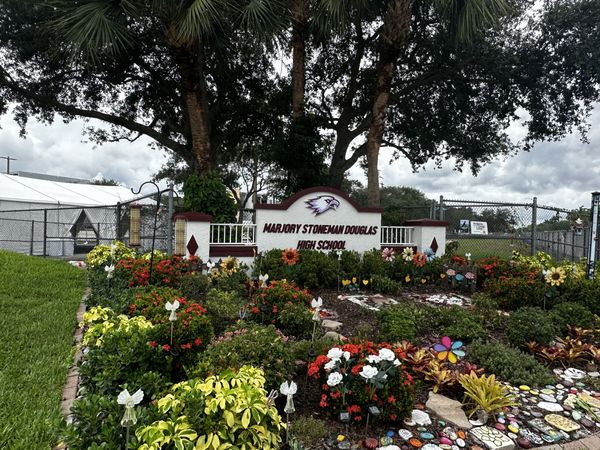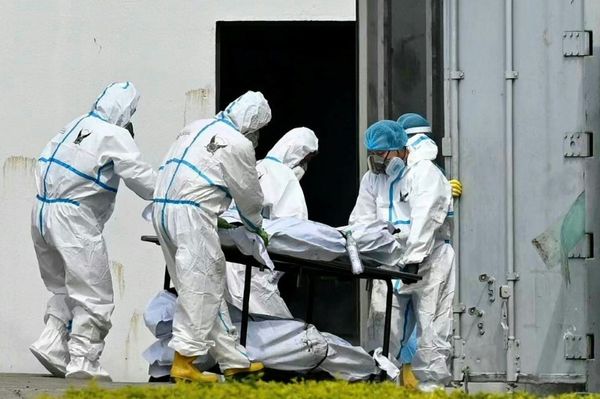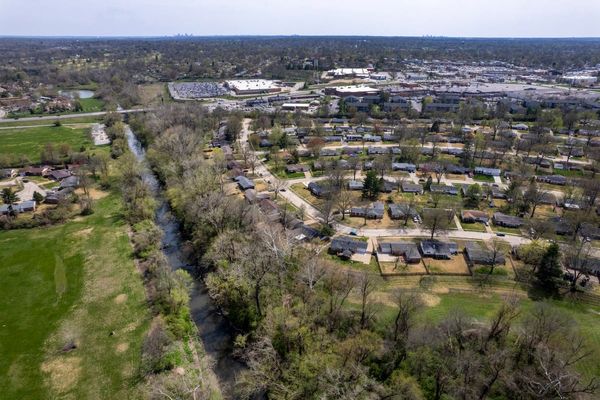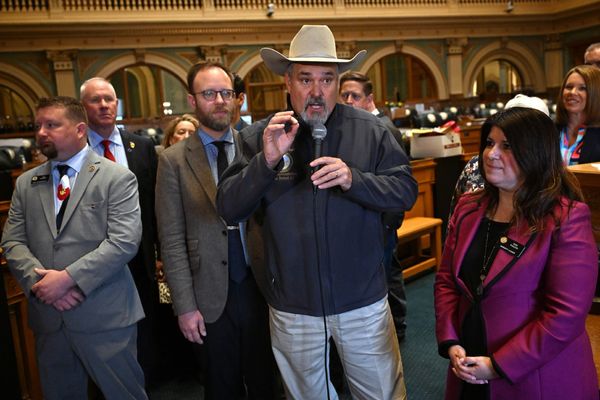The Supreme Court on Friday refused to stop the Archaeological Survey of India (ASI) from continuing with their “scientific investigation” of the Gyanvapi mosque premises at Varanasi, though it asked the expert body to stick true to its assurance to use only “non-invasive methodology” throughout its survey. There should not be any excavation in the premises nor any damage caused to any wall or structure, the court said.
The ASI had already started the survey at Varanasi on Friday by the time the case came up for hearing in Delhi, before a Bench headed by Chief Justice of India D.Y. Chandrachud.
On Thursday, the Allahabad High Court had given its nod for the ASI to go ahead with the survey ordered by the Varanasi District Judge on July 21.
‘Salami tactics’
Senior advocate Huzefa Ahmadi — representing the Anjuman Intazamia Masajid committee, which manages the mosque, and had filed the appeal against the Allahabad HC order — said that the survey was merely “salami tactics”.
“One slice at a time,” Mr. Ahmadi said. He submitted that the survey was a breach of the Places of Worship (Special Provisions) Act of 1991, which was enacted to guard fraternity and secularism through protection of the religious character of religious places.
“Somebody files a frivolous suit and wants to know what lies under the ground… Will My Lords order an ASI survey?” he asked.
Chief Justice Chandrachud responded, saying that “what is frivolous for you may be faith for them… How can we comment on that?”
Also Read: Gyanvapi and the Places of Worship Act
‘Violates Places of Worship Act’
Mr. Ahmadi said that the ASI survey had been ordered when there were still “serious doubts” about the maintainability of the suit filed by four Hindu women seeking a declaration of their right to worship their deities at the premises of the mosque. The suit, and the appeal against its maintainability, are still pending adjudication.
“What is the point of ordering this ASI survey and going into the history of what may have happened 500 years ago… Is the survey itself not a violation of the statement of objects of the Places of Worship Act?” the senior lawyer asked. He argued that the 1991 Act prohibited any attempts to convert the religious character of a place of worship as it had existed on the day of Independence.
Interlocutory order
The Chief Justice, however, said that the issues raised by Mr. Ahmadi were open for arguments when the suit came up for a final hearing, noting that the order for an ASI survey was only an “interlocutory one”.
“Why should we raise every matter to the level of debate? This is only an interlocutory order. The ASI and the Solicitor-General have both given assurances on affidavit that there would be no excavation or damage done to the structure or wall… We will keep all issues open and see that the structure is protected,” Chief Justice Chandrachud addressed Mr. Ahmadi.
The Chief Justice recalled how, in the Ayodhya case, the ASI survey report was not accepted in full. “We separate the grain from the chaff,” Chief Justice Chandrachud observed.
‘Uncovering past wounds’
“When you start digging into the past, the process is such that you are uncovering wounds of the past. When you order a survey and you go into the question what existed here 500 years ago, you are unravelling the wounds of the past… That is what the Places of Worship Act sought to injunct,” Mr. Ahmadi submitted.
Senior advocate Madhavi Divan, for some of the Hindu women plaintiffs in the suit, said that the survey did not prejudice the pending case. The ASI survey could even be made transparent by live streaming it to the court. The ASI was a body of experts on preservation and protection, not destruction, she said.
Ms. Divan submitted that there had been continuing worship by Hindus at the mosque premises for a long time, until it stopped in 1993. The survey would clear the air on the religious character of the place, she said, adding that “signs and symbols have been seen… A scientific survey will draw a logical conclusion.”
Non-invasive technology
Solicitor-General Tushar Mehta, appearing for the ASI, assured the court that there would be no “drilling, cutting or removals of bricks”. The survey would be in “open surface area”. Modern non-invasive technology would be used.
The court directed the ASI survey report to be submitted in the Varanasi District Court.
The survey, meant to determine whether the 17th century mosque had been constructed over a pre-existing Hindu temple, began around noon on Friday, amid tight security arrangements on the approach to the mosque. Media persons were not allowed near the mosque premises. The premises were vacated for namaz, and then began again around 3 p.m.
Apart from the ASI’s own surveyors, three experts from the Indian Institute of Technology, Kanpur have also been appointed to conduct the survey.
(With inputs from Mayank Kumar in Lucknow)







